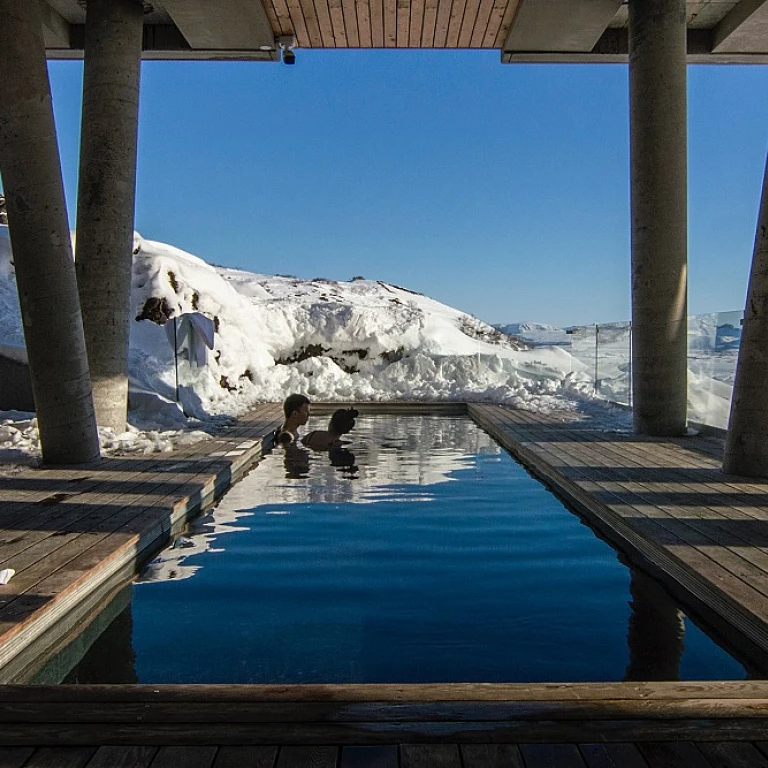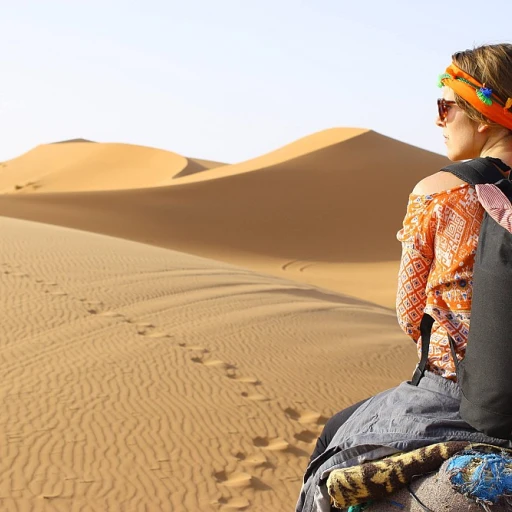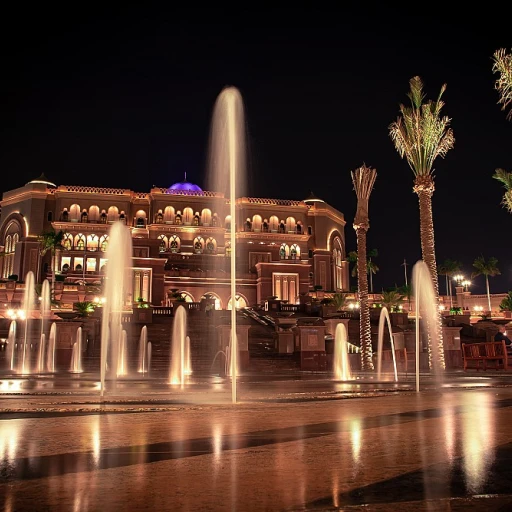Understanding the Drakensberg Terrain
The Enchanting Landscape of Drakensberg
The Drakensberg Mountains, nestled in the heart of KwaZulu-Natal, South Africa, form a majestic expanse of natural beauty that beckons adventurers and nature enthusiasts alike. This great escarpment, stretching across the central and southern parts of Africa, offers a diverse terrain that challenges and mesmerizes.
An exploration of the Drakensberg reveals a variety of peaks and valleys, each with its own unique character. From the towering walls of the Amphitheatre in the northern Drakensberg to the iconic Cathedral Peak and the sweeping views of Giants Castle, the landscape is a testament to the rugged beauty of the region. The Drakensberg is not only South Africa's largest mountain range but is also recognized for its significant ecological and geological value, forming part of the UNESCO World Heritage Site.
For those setting out on foot, hiking trails weave through the area, offering encounters with cascading waterfalls, such as Tugela Falls, and ancient rock art sites that tell tales of the indigenous San people. Whether you're journeying through the central Drakensberg or exploring the secluded paths of the southern Drakensberg, the possibilities for discovery are endless.
The region's maps illustrate its vastness, guiding adventurers through the intricate network of paths and natural landmarks. A well-planned route can enhance the experience, ensuring hikers find the perfect balance between challenge and enjoyment. Utilizing tourist maps is essential for navigating the national parks and understanding the cultural significance intertwined with the natural wonder. To delve deeper into similar explorations, consider unveiling the mysteries of Mount Kinabalu for another intriguing mountain adventure.
Mapping Your Adventure: Drakensberg Peaks Map
Chart Your Course: Navigating Drakensberg Adventures
Planning your route through the stunning Drakensberg peaks requires an understanding of the intricate maps that unveil this majestic region of KwaZulu Natal, South Africa. Utilizing a tourist map helps ensure you're prepared to explore the best of the Drakensberg Mountains. From the awe-inspiring heights of the Cathedral Peak to the breathtaking panorama of the Southern Drakensberg, these maps are essential to your adventure.
The Highlights: Drakensberg's Iconic Peaks and Trails
The Drakensberg boasts numerous peaks and trails each offering its own unique challenges and vistas. A must-see is the Champagne Castle, known for its scenic views and challenging hiking trails. Exploring the Giants Castle area provides insights into the rich cultural heritage of the land, as you encounter ancient rock art nestled in the cliffs. Whether you're trekking along the majestic escarpment of the northern Drakensberg or marveling at the dramatic rock formations in the Drakensberg National Park, the topographical maps guide your pathway to discovery.
Maximizing Your Adventure: Maps and Tools
Utilizing digital maps in conjunction with traditional topographic maps can enhance your expeditions. Tools that offer real-time updates on weather and trail conditions keep travelers informed, ensuring safer navigation across the mountainous terrain of Natal South. The paths and routes, marked on both detailed maps and digital applications, reveal the rich diversity of the landscape ranging from verdant nature reserve expanses to the rugged trails of the central Drakensberg.
In the eastern cape, the maps not only guide you to must-visit peaks but also to hidden gems where fewer travelers dare to venture. The Free State's renowned Monks Cowl region beckons with its tranquil trails, while the Royal Natal showcases cascading falls that epitomize the splendor of the great escarpment. Whether you're plotting a course to the secluded beauty of the southern mountains or tracing the paths that link the central drakensberg, having a detailed map ensures every step you take is a step towards uncovering the magnificence of South Africa's celebrated peaks.
Essential Gear for Drakensberg Expeditions
Equipping for Success in the Drakensberg Mountains
Traversing the majestic Drakensberg terrain in South Africa requires more than just enthusiasm; it demands the right equipment to ensure both safety and enjoyment on your adventure into this extraordinary landscape.- Footwear Essentials: The rugged paths of the Drakensberg escarpment necessitate durable, high-traction hiking boots. These trails, dotted with rock formations and sometimes slippery surfaces near falls, challenge even experienced trekkers.
- Layered Clothing: With weather conditions varying between the warm southern slopes and cooler northern areas like the Royal Natal National Park, it’s crucial to dress in layers. A moisture-wicking base layer, insulating mid-layer, and a waterproof outer layer protect against the unpredictable mountain elements.
- Navigation Tools: A reliable tourist map of the Drakensberg peaks is indispensable. These maps guide you through the vast network of trails from the northern Drakensberg to the central and southern regions, including notable locations like Cathedral Peak and Giant’s Castle.
- Hydration Gear: The combination of the Drakensberg's altitude and exercise can lead to quick dehydration. Hydration packs or multiple water bottles should be part of your essentials.
- Safety Devices: Consider carrying a first-aid kit, a whistle, and a headlamp. These items could prove vital in emergencies, particularly when navigating the remote areas of the Eastern Cape and Free State borders.
- Backpacking Equipment: For those planning extended stays within the park or exploring nature reserves like Champagne Castle, a lightweight and functional backpack to carry your provisions is crucial.
Cultural Significance of the Drakensberg Region
Historical and Cultural Echoes
The Drakensberg region of South Africa is not only a natural wonder but also a place steeped in cultural and historical significance. This aspect adds a profound layer to any adventure you embark on in this majestic locale.
The Drakensberg Mountains, also known as the "Dragon Mountains," extend across KwaZulu-Natal, the Free State, and into the Eastern Cape, embodying a tapestry of human history and rock art. This area is renowned for its rich archaeological sites that offer glimpses into the lives of the indigenous San people. Thousands of years ago, these early inhabitants left a legacy of rock paintings engraved into the sandstone, creating the world's largest collection of San art within the Great Escarpment.
Explorers will discover these remarkable artworks interspersed throughout the Royal Natal National Park and Giant's Castle Nature Reserve, as well as at sites near Monk's Cowl and Cathedral Peak. Each piece of art you encounter is a silent storyteller, depicting scenes of daily life, hunting rituals, and spiritual beliefs.
The Cultural Melting Pot
Today, the Drakensberg region is home to diverse communities, each contributing to the area's vibrant culture. From the Zulu traditions in KwaZulu-Natal to the influences of the settlers in the southern Drakensberg, this region is a melting pot of languages, customs, and cuisines.
Your map will guide you through this cultural tapestry, providing an opportunity to engage with these communities, learn about their traditions, and perhaps even participate in local festivals if your timing is right.
In planning your adventure, consider the cultural significance of the destinations featured on your tourist map. When hiking the trails or navigating the peaks of the northern Drakensberg, appreciate the paths worn by countless generations before you. Areas like Champagne Castle and Central Drakensberg are not just landscapes but are imbued with the living history of the people who have called it home.
Safety Tips for Exclusive Drakensberg Trips
Prioritizing Safety in the Drakensberg Wilderness
Exploring the stunning landscapes of the Drakensberg, from its awe-inspiring peaks to its verdant valleys, is an unforgettable adventure. Yet, safety should always be a priority as you venture into these majestic mountains in South Africa.- Know Your Limits: The diverse terrains of the Drakensberg, stretching from the southern Drakensberg to the peaks of the central Drakensberg, vary in difficulty. Whether you're hiking near Monks Cowl or exploring the northern Drakensberg near Royal Natal, assess your fitness and experience level.
- Use Reliable Maps: Navigating the Drakensberg with accurate maps is essential. The topography can be complex, with areas like Cathedral Peak and Giants Castle presenting distinct challenges. Be sure to carry updated tourist maps.
- Respect Weather Conditions: The weather in the Drakensberg mountains can change rapidly. Always check forecasts before heading out, particularly if you're planning a hike towards the Great Escarpment or the eastern Cape areas.
- Pack Essential Gear: As previously covered, equipping yourself with the right gear is critical. This becomes vital when conditions turn unpredictable in places like the nature reserve within the Drakensberg mountains.
- Stay on Designated Trails: For safety and conservation, stay on marked trails. This is especially important in protected areas like the Drakensberg National Park and its surrounds.
- Be Aware of Wildlife: The park and nature reserve areas are teeming with wildlife. Stay informed about local fauna and how to react to encounters as you explore the escarpment's rugged beauty.
Capturing the Beauty: Photography Tips in Drakensberg
Framing the Landscape: Composing Your Shots
When traversing the awe-inspiring Drakensberg Mountains of South Africa, capturing the majestic scenery is an experience in itself. The rich tapestry of nature in the region, from the soaring peaks to the cascading waterfalls, offers endless photography opportunities. Understanding the Drakensberg terrain is crucial to strategically composing your shots.
As you map out your hiking adventure, note key landmarks like the notable Cathedral Peak or the sheer grandeur of the Southern Drakensberg's escarpment. When planning your route, consider timing your visit to coincide with the golden hours – shortly after sunrise or before sunset – to capture the mountains bathed in warm, ethereal light.
Utilizing Natural Light and Shadows
The dynamic lighting conditions of the Drakensberg area can elevate your photographs from ordinary to extraordinary. The interplay of light and shadows across the peaks, especially in areas like the Monks Cowl or the dramatic Giants Castle, will add depth to your images. Be attentive to changing weather patterns, as they can bring about dramatic lighting variations that enhance the mood of your shots.
Emphasizing Dramatic Landscapes and Details
The vastness of the Drakensberg calls for a balance between wide-angle shots that highlight the grand landscapes and close-ups that focus on intricate details. Capture the scenic vistas across the Royal Natal National Park while not missing the unique flora dotting the region's trails, such as in the Central Drakensberg.
Respecting Nature and Cultural Sensitivity
As you explore the cultural significance of this region, it is vital to approach photography with respect. Some areas may hold cultural or spiritual importance, especially within the communities of KwaZulu-Natal and Eastern Cape. Engage with local guides or authorities to ensure that your photography aligns with the preservation of the area's natural and cultural heritages. Photography is not only about capturing beauty but also about understanding and honoring the context in which it exists.












-large-teaser.webp)